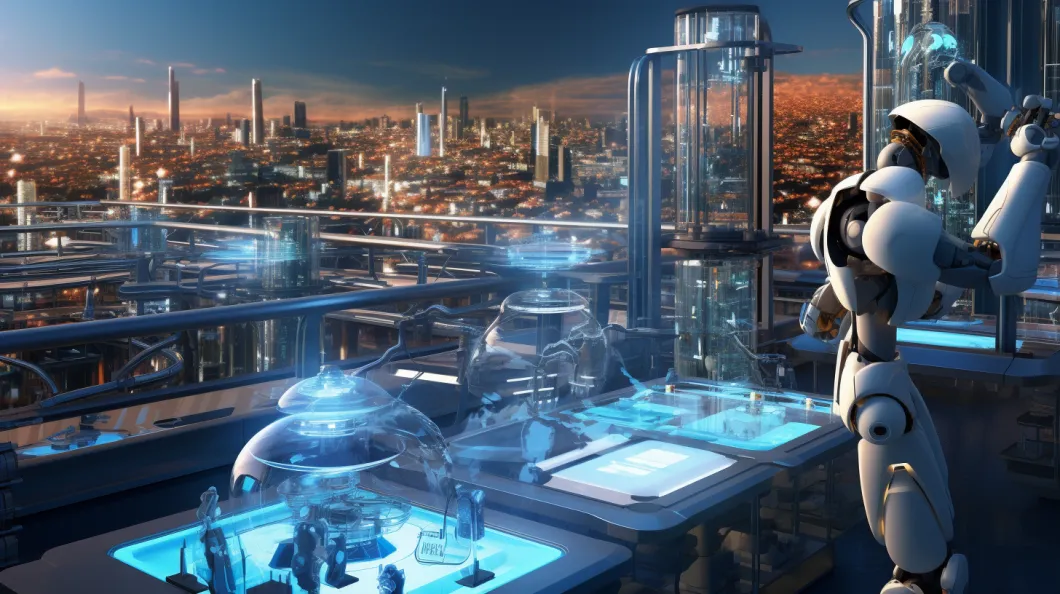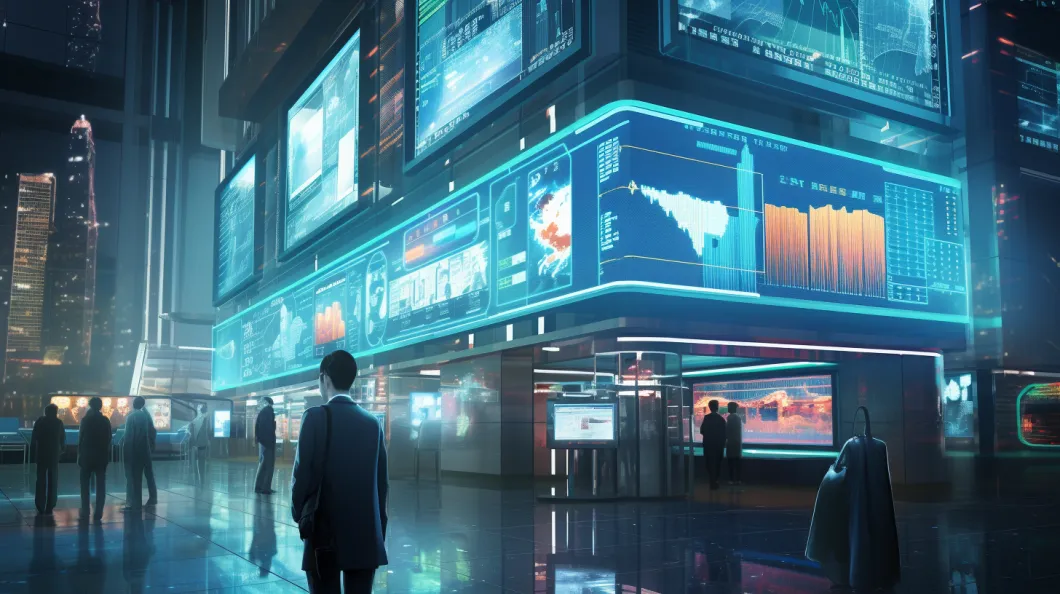Table of Contents
The Chinese government aims to support emerging enterprises specializing in humanoid robots by 2025, establish industry benchmarks, cultivate expertise in this field, and promote stronger global collaboration in this pursuit.
China’s “RoboLeap” – Innovation Accelerator or Ethical Enigma
China, renowned for its pioneering efforts in cutting-edge fields such as AI and quantum computing, is now venturing into an exhilarating new domain – lifelike humanoid robots by 2025. As per a blueprint disclosed by the Ministry of Industry and Information Technology and covered by Bloomberg, China has set its sights on creating its inaugural humanoid robots by 2025.
China’s recent action introduces a new element to the ongoing competition in technology between the world’s top two economies. Particularly in the areas of semiconductor chips and hardware, this move challenges the dominance that American companies like Tesla Inc. and Boston Dynamics have held in humanoid robots by 2025.

China, as the leading global electronics manufacturer, has its sights firmly set on pushing boundaries in various fields such as environmental sensing, motion control, and enhancing machine-to-human interaction capabilities in the next couple of years. The government is actively championing the integration of artificial intelligence into robotics and has urged for intensified research in the advancement of agile robot hands, arms, and feet.
Stock Market Boom, Thoughtful Bots, and a Race to the Future
Despite the lack of specific details in the policy document, it is overflowing with ambition. China has set an impressive target for humanoid robots by 2025 to acquire the capacity to think, learn, and innovate by 2025. Moreover, there are strategic plans in place to establish a robust industry supply chain system that will facilitate the production of these cutting-edge robots.
The stock market was greatly influenced by the announcement, causing a remarkable ripple effect. Companies such as Ningbo Zhongda Leader Intelligent Transmission Co. and Miracle Automation Engineering Co. witnessed a surge in their shares, reaching the daily limit of 10%. Similarly, Siasun Robot & Automation Co. and Shenzhen Sunwin Intelligent Co. also made substantial progress in response to the news.
As we look ahead, the potential for humanoid robots by 2025 is boundless. These incredible machines are poised to take on a wide range of tasks that are currently carried out by humans. From the everyday chores of grocery shopping to venturing into dangerous territories, the future holds great promise. While American companies like Tesla and Boston Dynamics have made remarkable strides in this field, China’s foray into robotics marks an exciting new era for the industry worldwide.

Humanity’s Mechanical Mirror Awaits Humanoid Robots By 2025
In a noteworthy $1.1 billion deal three years ago, Hyundai, a prominent company from South Korea, gained control of Boston Dynamics. Meanwhile, in California, a startup called Figure managed to raise a staggering $70 million for the advancement of humanoid robots by 2025. With China ramping up its efforts to create lifelike robots, it is clear that the world is on the brink of witnessing remarkable progress and groundbreaking innovations in this futuristic technology in the years to come.
Humanoid robots are sophisticated machines that have been developed to mimic the structure and movement of the human body. With their head, torso, arms, and legs, they closely resemble humans in appearance. These remarkable robots are capable of imitating human actions and movements, allowing them to perform various tasks. They are designed to interact with their surroundings in a manner similar to humans, possessing the ability to walk, talk, and manipulate objects with great precision and skill.
Humanoid robots have become increasingly prevalent in the fields of robotics and artificial intelligence. These versatile machines serve a multitude of purposes, ranging from research and development to human-robot interaction studies. Moreover, they have found practical applications in industries such as healthcare, education, and entertainment. By bridging the gap between machines and humans, humanoid robots are specifically designed to adapt to human environments and perform various tasks with ease.